Python – Powerful Programming Language
Python is a versatile and popular programming language that’s lauded for its readability, ease of use, and extensive applications. Whether you’re a seasoned developer or a curious newcomer, Python offers a rich and rewarding path into the world of coding
What is Python
Python is a high-level, general-purpose programming language. This means it uses clear, concise syntax that closely resembles plain English, making it easier to learn and understand compared to more complex languages. Unlike some lower-level languages, Python handles many underlying tasks for you, allowing you to focus on the core logic of your program.
Why Choose Python
There are many reasons why Python is such a popular programming language. Here are a few of the major ones:
- Easy to learn: Python’s syntax is known for being clear and concise, making it a great choice for beginners. It’s often compared to reading English, so you can focus on the concepts you’re learning rather than complex grammatical rules.
- Versatile: Python can be used for a wide variety of tasks, including web development, data science, machine learning, automation, and scripting. This makes it a valuable skill for many different fields.
- Large and active community: With a huge and supportive community of Python programmers, you’ll find plenty of resources online to help you learn and solve problems. There are many forums, communities, and tutorials available to help you on your way.
- Libraries and frameworks: Python has a vast ecosystem of libraries and frameworks that make it easy to accomplish many tasks. These libraries provide pre-written code that you can use to save time and effort.
- Portable and interpreted: Python code can be run on many different operating systems without modification. This makes it a great choice for projects that need to be compatible with different platforms.
What Can You Do With Python
Python is a versatile programming language that can be used for a wide range of tasks, including:
- Web Development: Python is a popular choice for back-end web development, where it’s used to handle data processing, server logic, and interactions with databases. Frameworks like Django and Flask make Python web development efficient.
- Data Science and Machine Learning: Python is a leader in data science due to its extensive libraries for data analysis, manipulation, and visualization. Libraries like NumPy, Pandas, and Matplotlib are instrumental in data exploration and machine learning tasks.
- Automation: Python excels at automating repetitive tasks. You can write Python scripts to automate file management, data processing, web scraping, and more, saving you significant time and effort.
- Scientific Computing: Python is popular in scientific computing because of its ease of use and powerful libraries like SciPy and TensorFlow. These libraries provide tools for numerical computations, data analysis, and scientific simulations.
- Software Development: Python is a general-purpose language that can be used to develop a variety of software applications, from desktop and mobile apps to games.
- And More!: Python’s applications continue to grow. It’s used in system administration, network programming, creating educational tools, and even developing blockchain technology.
Strengths of Python
- Easy to learn and use: Python’s syntax is known for being clear and concise, resembling plain English. This makes it a great language for beginners to learn programming concepts.
- Interpreted language: Unlike compiled languages, Python code is executed line by line by an interpreter. This allows for faster development cycles as changes can be seen immediately without recompiling the entire code.
- Dynamically typed: In Python, you don’t need to declare the data type of a variable beforehand. This makes the code more concise but can lead to potential errors during runtime if incorrect data types are used.
- Object-oriented: Python supports object-oriented programming (OOP) paradigms, allowing you to structure your code using objects and classes. This promotes code reusability and modularity.
- Extensive standard library: Python comes with a rich collection of built-in modules and libraries that provide functionalities for various tasks like file handling, networking, and data manipulation. This saves developers time from writing code from scratch.
- Open-source and free: Python is an open-source language, freely available for anyone to use and contribute to. This large and active community helps with development and provides numerous third-party libraries for various purposes.
- Portable: Python code can run on different operating systems (Windows, macOS, Linux) without modifications. This makes it a versatile language for various development environments.
These are just some of the many characteristics that make Python a popular and powerful programming language. Its readability, vast ecosystem of libraries, and beginner-friendliness make it a great choice for various applications, from web development to data science and scientific computing.
Getting Started with Python
Here’s a roadmap to get you started:
- Installation:
- Check if Python is already installed: Open a terminal or command prompt and type python –version. If you see a version number, you’re good to go!
- If not installed, download it from the official website . The installation process is straightforward.
- Choose a development environment:
- Text editor: A simple text editor like Notepad (Windows) or TextEdit (Mac) can work for beginners.
- IDE (Integrated Development Environment): For a more comprehensive experience, consider using an IDE like PyCharm or Visual Studio Code with Python extensions. These offer features like code completion, debugging tools, and better code organization.
- Learn the basics:
- There are many resources available online and offline to learn Python.
- Practice, practice, practice:
- The best way to learn Python is by actively writing code.
- Start with simple programs like printing messages to the screen, performing calculations, or working with variables.
- Many online tutorials and courses come with exercises to help you solidify your understanding.
- Explore libraries and frameworks:
- As you progress, explore Python’s vast standard library and third-party libraries. These provide functionalities for various tasks, saving you time and effort.
- Popular libraries include NumPy for scientific computing, Pandas for data analysis, and Django for web development.
Applications of Python
Web Development
- Full-Stack Development: Python is a robust backend language, powering the likes of Instagram (Django) and Netflix (Flask). Frameworks like Django and Flask offer a structured approach, handling database interactions, URL routing, and more.
- Web Scraping: Libraries like Beautiful Soup and Scrapy efficiently extract data from websites for various purposes, such as market research or price comparison.
- APIs: Python’s clear syntax makes it well-suited for building APIs (Application Programming Interfaces) that provide data and functionality to other applications.
Data Science and Machine Learning
- Data Analysis and Exploration: NumPy and Pandas excel at numerical computing and data manipulation, allowing you to clean, transform, and analyze datasets.
- Data Visualization: Libraries like Matplotlib and Seaborn create compelling visualizations to communicate insights effectively.
- Machine Learning: Scikit-learn provides a rich set of algorithms for tasks like classification, regression, clustering, and more. TensorFlow and PyTorch are popular for deep learning applications.
Automation
- Scripting: Python automates repetitive tasks, saving time and effort. From file management and data processing to web scraping and testing, Python’s flexibility shines in this area.
- System Administration: Python streamlines system administration tasks like network management, configuration management, and log analysis.
Scientific Computing
- Numerical Simulations: Libraries like SciPy and SymPy offer powerful tools for mathematical modeling and scientific computations.
- Data Analysis: Python integrates seamlessly with scientific data formats and tools for specialized data processing and visualization.
Other Applications
- Desktop GUIs: Frameworks like Tkinter and PyQt create user-friendly graphical user interfaces for desktop applications.
- Game Development: Libraries like Pygame and PyOpenGL enable game development, from simple games to more complex projects.
- Software Development Tools: Python is often used to build build systems, testing frameworks, and other software development tools.
- Education and Prototyping: Due to its readability and beginner-friendliness, Python is a preferred choice for teaching programming concepts and creating quick prototypes.
| Application Category | Description |
| Web Development | Full-Stack Development (Django, Flask), Web Scraping (Beautiful Soup, Scrapy), APIs |
| Data Science & Machine Learning | Data Analysis & Exploration (NumPy, Pandas), Data Visualization (Matplotlib, Seaborn), Machine Learning (Scikit-learn, TensorFlow, PyTorch) |
| Automation | Scripting, System Administration |
| Scientific Computing | Numerical Simulations (SciPy, SymPy), Data Analysis |
| Other Applications | Desktop GUIs (Tkinter, PyQt), Game Development (Pygame, PyOpenGL), Software Development Tools, Education & Prototyping |
The Python Community
Python boasts a large and active community of developers around the world. This translates into several advantages for you as a Python learner:
- Extensive Documentation: The official Python documentation provides comprehensive explanations and tutorials.
- Abundant Libraries and Frameworks: A vast ecosystem of libraries and frameworks extends Python’s capabilities to various domains. You’ll find ready-made solutions for most programming tasks.
- Active Forums and Communities: Online forums, communities, and social media groups connect you with other Python users. You can seek help, share knowledge, and stay updated on the latest advancements.

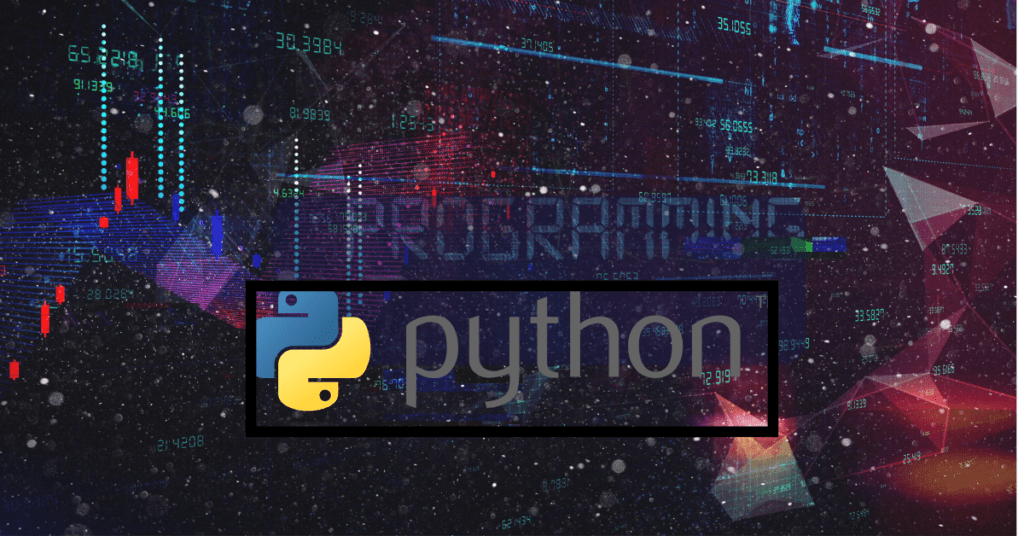

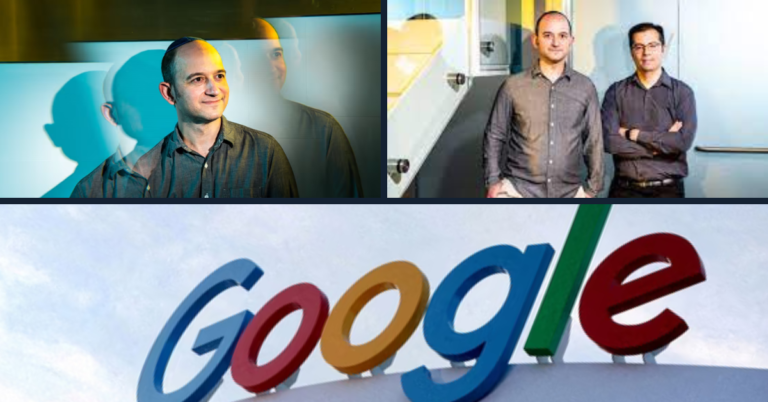
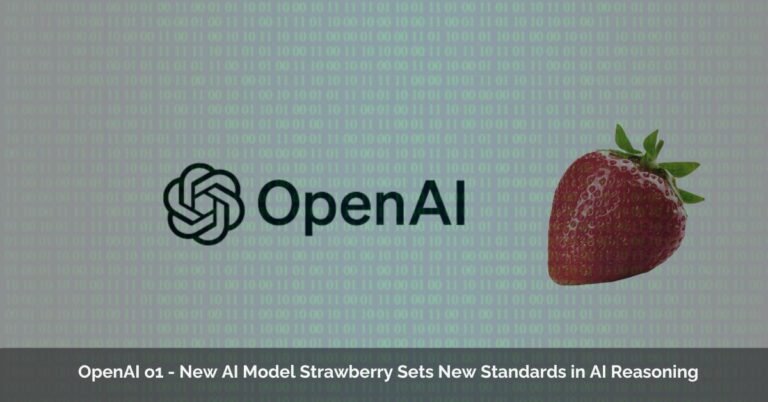
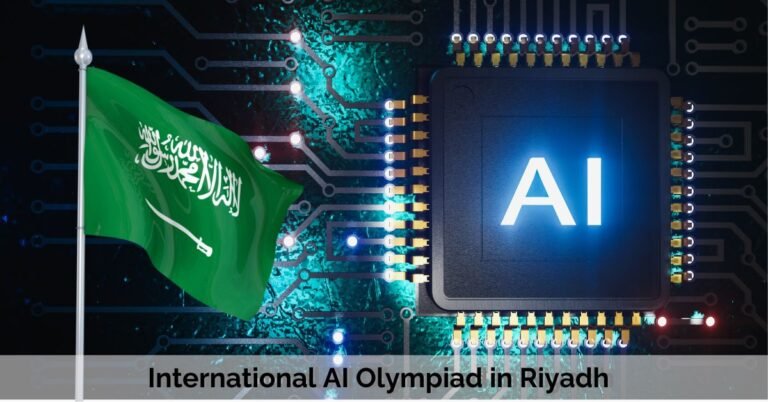

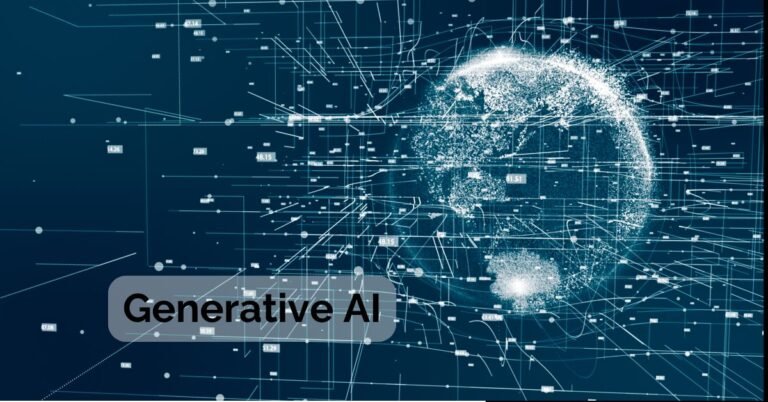
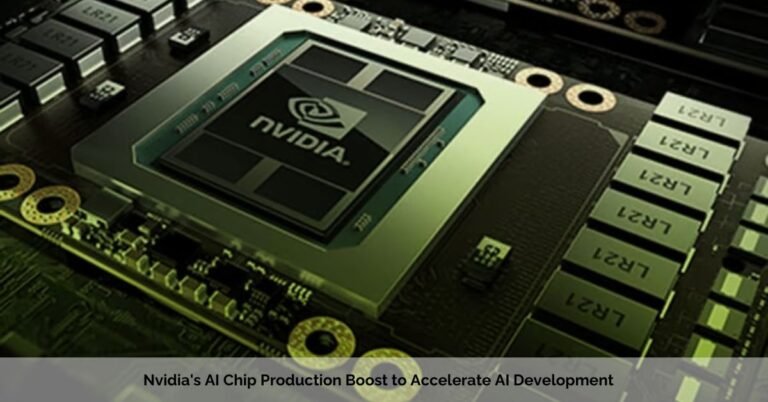



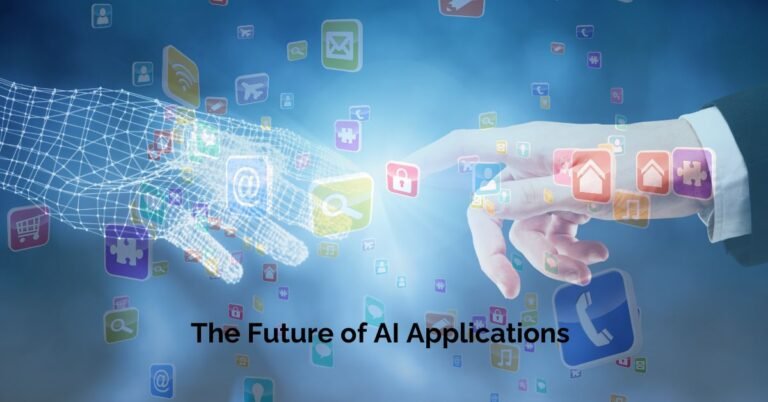






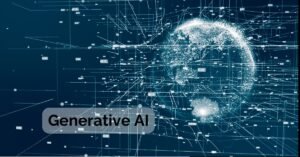


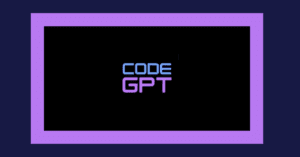


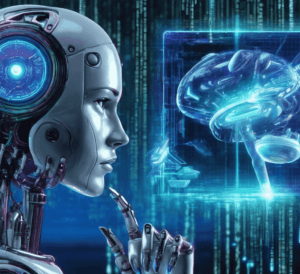
One Response
Woah! I’mreally enjying the template/theme of this website.
It’ssimple, yett effective. A loot of times it’s very difficult to get that “perfect balance” between usser friendliness annd appearance.
I must say thst you’ve done a very good job with this.
Also, the blog loads extremely fqst for me oon Firefox.